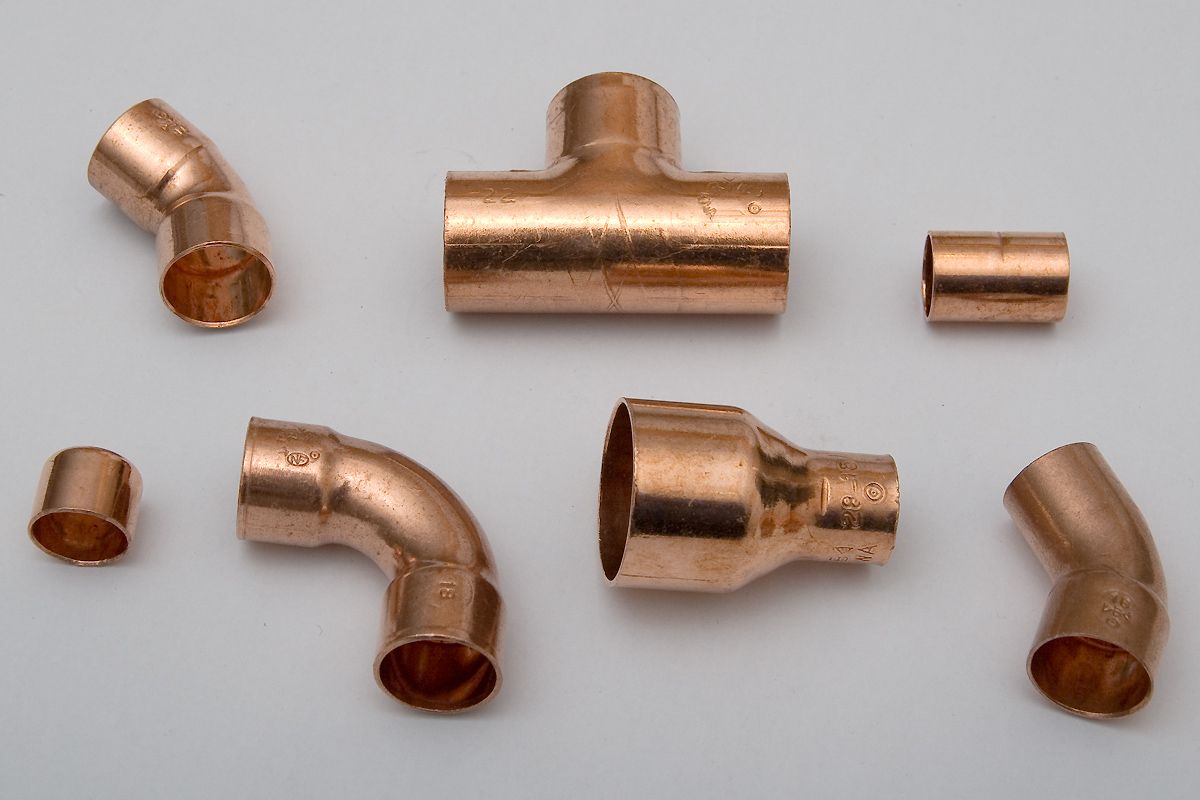
How to Remove Old Pipes and Fittings
- Safely cut metal pipes using proper tools and protective gear.
- Loosen corroded, stuck pipes with oil, heat, and gentle tapping.
- Remove threaded fittings with two wrenches and patience.
- Call a plumber if pipes are complex, damaged, or near gas lines.
Old pipes are like the forgotten bones of a home’s plumbing system—out of sight but not always out of mind. When they start leaking, rattling, or just refuse to keep up with modern fixtures, it’s time to make a change. But removing old plumbing isn't just a matter of brute force. Knowing how to do it safely and effectively can save you from major headaches (and unexpected floods). Let’s walk through the steps of pipe removal, the smart way.
The Right Start: Prepare Before You Cut
Before you touch a wrench or saw, take a few crucial steps to make sure you're not setting yourself up for a messy situation. First, shut off your home’s main water supply. You’d be surprised how many DIYers skip this, only to learn the hard way why it's important. Once the water is off, open nearby faucets to drain any remaining water in the system; this relieves pressure and minimizes surprise sprays when you open a line.
Next, gear up. At a minimum, wear gloves and eye protection. Old pipes often have sharp edges, rust, or mineral buildup that can flake off and become airborne. Then gather the tools of the trade: a pipe wrench, adjustable pliers, penetrating oil, and either a hacksaw or a reciprocating saw, depending on the pipe type. And don’t forget a flashlight. You'll likely be working in dark, cramped places where visibility is low and patience is crucial.
How do you safely cut through metal pipes?
Cutting metal pipes might sound intense, but with the right tools and approach, it's a task you can handle. The key is control and caution. First, identify what type of metal you’re dealing with—copper, galvanized steel, or cast iron. Copper is relatively soft and easy to work with, while steel and cast iron require more effort and tougher blades.
A hacksaw is useful for narrow spaces and smaller pipes, but it’s slow going. If you're dealing with thicker metal or want to save time, a reciprocating saw fitted with a metal-cutting blade will be your best friend. Position the saw carefully and let the blade do the work. Pressing too hard can cause the tool to bind or the pipe to vibrate dangerously.
Always brace the pipe before cutting to prevent it from shifting mid-cut. If possible, clamp it securely to a nearby stud or use a pipe vise. And whatever you do, don’t forget your eye protection—metal shavings can fly off at high speed, especially when you're using power tools.
What should be done if a pipe is corroded and stuck?
Corrosion is one of the most frustrating parts of working with old plumbing. It’s like the pipe has fused with time itself. Start by generously applying a penetrating oil to the joint or fitting. WD-40 can help, but a specialized penetrating lubricant like PB Blaster is often more effective for plumbing tasks. Give it time—at least 15 to 20 minutes, or longer if you're in no rush. The oil will work its way into the threads and help loosen the grip that corrosion has locked into place.
Still stuck? Try applying heat using a small propane torch; just be sure you’re not working near flammable materials or plastic piping. The heat expands the metal and can break the bond created by rust. A few firm taps with a hammer or mallet on the fitting itself can also help shake things loose. If none of that works, it may be time to accept defeat and cut out the section entirely. Better to replace a stubborn piece than damage surrounding plumbing.
What are the best methods for removing threaded fittings?
Dealing with old plumbing often means contending with threaded fittings—and if they’ve been sitting for decades, they’re not likely to cooperate. Begin with a two-wrench technique: one to stabilize the pipe and the other to turn the fitting. This helps avoid twisting or cracking the pipe itself.
Next, apply penetrating oil to the threads and let it soak in thoroughly. A little patience goes a long way. Still resisting? Heat the fitting slightly, being cautious of the surrounding materials. You can also use a pipe extender on your wrench to get more torque, but be careful not to overtighten and break the fitting entirely.
Threaded connections are often sealed with compounds that become rock solid over time. Break them loose slowly and deliberately. Once removed, take the time to clean the threads thoroughly before installing anything new.
When should you call a professional plumber instead of removing pipes yourself?
DIY has its place, but there are definitely limits. If the pipes are connected to gas lines, embedded in walls, or part of a complex system you don’t fully understand, it’s time to step back.
Persistent leaks even after replacement, visible signs of structural damage, or old pipes that appear fused into surrounding material are all red flags. And if you simply don’t have the time or tools to do the job safely, it’s far better (and often cheaper) to call in a professional from the start than to fix mistakes later.
Leave the Tough Jobs to Superior Plumbing
Removing old pipes isn’t just about knowing where to cut—it’s about understanding how your plumbing system fits together, and when to bring in someone who’s done it a thousand times before.
If your weekend project has taken a turn for the worse, or you just want it done right the first time, the experts at Superior Plumbing are ready to help.
Give Superior Plumbing a call today and let us do the heavy lifting so you can get back to enjoying your home, worry-free.
